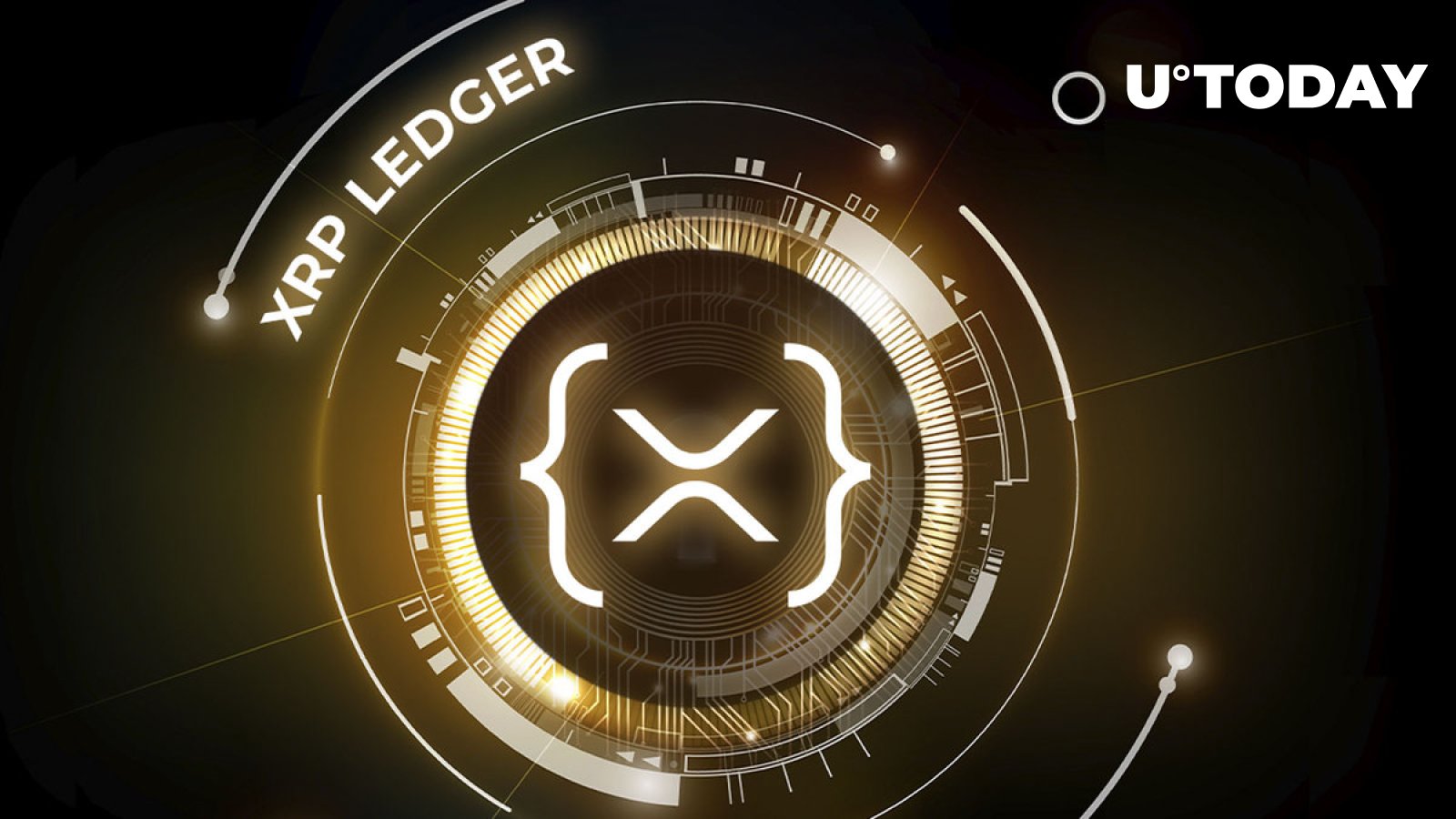The blockchain technology firm Ripple has come up with a proposal for a Native Lending Protocol on the XRP Ledger (XRPL). Developers Vito Tumas and Aanchal Malhotra are in charge of this initiative, which is aimed at revolutionizing decentralized finance (DeFi) by allowing digital assets to be borrowed and lent directly.
David Schwartz, Ripple’s CTO, was very optimistic about the possible effects of the protocol on XRPL functionality. In a recent blog post, Schwartz expressed his delight at seeing the XRP Ledger Native Lending Protocol proposal under review and feedback – this could add new utility to the XRPL if passed.
The protocol was aimed to work with no intermediaries, fostering more financial inclusion and precession. Schwartz thinks that this lending protocol is an important component for making available and transparent financial services besides the native Decentralized Exchange (DEX) of XRPL.
Key detail of XRPL lending protocol
The proposal outlines three major specifications: 3.e.5.modelsXLS-64d, XLS-65d, and XLS-66d. The XLS-64d, referred to as Pseudo-Account, links one account with a lot of ledger entries. It enables the control of the balances and the provision of the issued tokens.
The concept of a Single Asset Tokenized Pool with the XLS-65d makes the management of an asset pool with a single tokenized asset simple. Finally, Native XRPL Lending Protocol is formed by XLS-60d. In contrast, earlier specifications are used for managing assets of Liquidity Providers, off-chain underwriting, and other on-chain agreement recording and loan management.
With these characteristics, Liquidity Providers can put fungible tokens into Lending Pools and profit. The Pool Delegates manage these pools, raise capital, and control loan provisions. Loan terms are agreed upon between Borrowers and Pool Delegates off-chain and then recorded on-chain.
Advantages and future applications
The Native Lending Protocol makes for fixed-term loans with predetermined conditions; there is no necessity for pledged security, since unique risk management solutions realize it. This adds to the safety of the protocol and makes it more attractive to a larger audience of users within the XRPL system. Further, the protocol’s modular nature and the protocol’s extensibility make the development and integration of decentralized lending applications (dApps) possible.
Ripple also noted the possibility of the protocol opening the door for a wide variety of use cases for developers. This approach utilizes not only the already existing DeFi capabilities of XRPL, but also extends them so that more interesting applications and services can be implemented.




